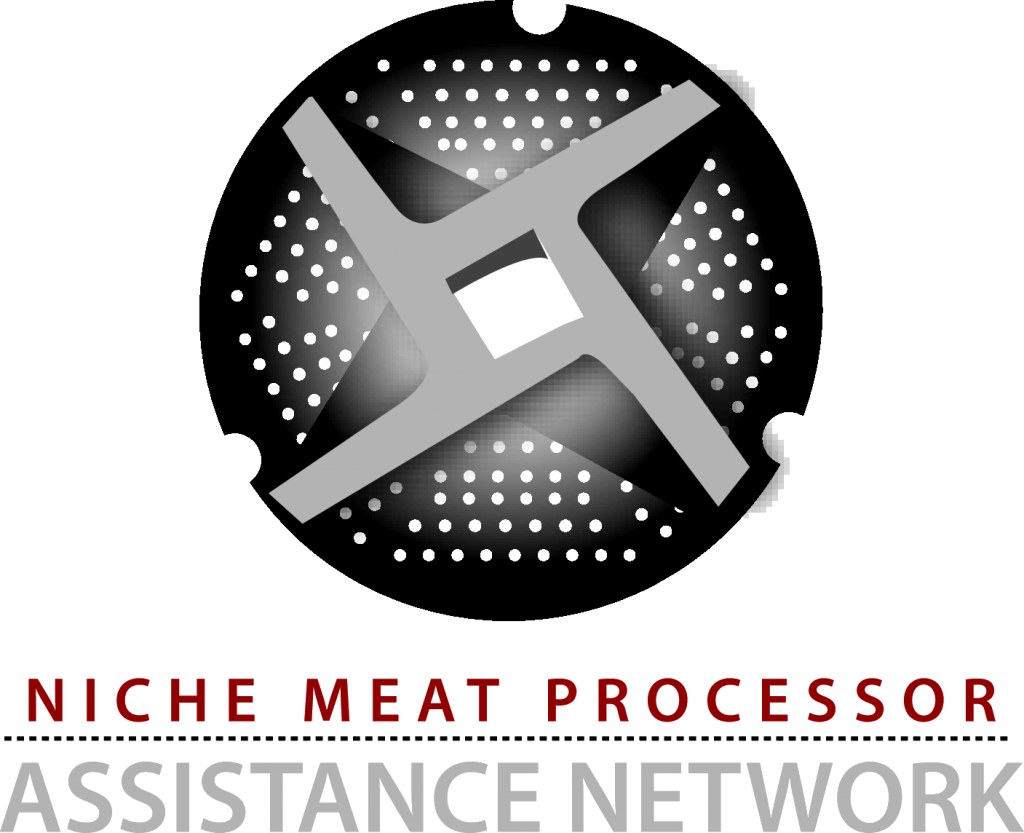Inyo County, 2009
Study title: “Final Report: Natural Livestock Feasibility Study”
Author: Jeff Schahczenski
Date of study: February 2009
Group behind study: National Center for Appropriate Technology (NCAT)
NCAT website
Geographic area covered:Inyo and Mono Counties, California
Funding for the study: Commissioned by Inyo County
Link to full study: Media:Inyo_reportFINAL.pdf
Objective
This study looked at the feasibility of developing alternative markets for livestock products in Inyo and Mono counties to add value to the more than 30,000 calves and 21,000 lambs and sheep currently produced there annually. Research covered producer preferences, market analysis, and an infrastructure asssessment.
Study method and scope
- Two workshops were held to (a) educate potential partners on what it would take to create an alternative market for livestock and (b) learn preferences/interests of livestock producers and merchants of fresh livestock products (restaurants, grocery stores, and other businesses that re-sell livestock products).
- Producers and merchants in the two counties were surveyed by mail. Producers were asked about current livestock raising practices and willingness to alter practices to meet market demand, price requirements, and preferences related to processing infrastructure. Merchants were asked about current and potential sales (types, volumes, pricing) of alternative meat products. Survey return rates were 17% for producers, 10% for merchants.
What kind of livestock?
This study encompassed all meat production animals, but focused mostly on beef.
Annual slaughter totals
Eight of 10 survey respondents produced 5,658 head of cattle (total) in 2007. As for direct sales, two respondents sold 13,000 pounds of beef directly to consumers by halves and quarters, and another sold 1,000 pounds of meat by the cut.
Current marketing practices
Producers reported using three markets for livestock/beef in Inyo and Mono counties: the commodity market, a “natural” livestock buyer (Harris Ranch), and direct sales (of beef).
Available processing options and challenges:
The study authors surveyed producers about interest in using/partnering to create one of the following three options:
1. mobile slaughter unit alone (which would need a cut & wrap partner elsewhere)
2. mobile slaughter unit with an associated cut & wrap facility
3. stand-alone facility for both slaughter and cut & wrap
Producers responding to the survey preferred #3. However, given the costs of a stationary facility, the study authors analyzed option #2: based on predicted slaughter totals (from producer survey responses), there would be enough throughput to keep one mobile unit and cut & wrap busy over a year. However, producers were only willing to invest about 10% of the cost of such a facility.
Results
Study authors concluded that without significant education and research, and increased leadership from producers and local buyers, further development of an alternative livestock product industry was not warranted, for 5 reasons:
1. not enough willingness to invest in a processing facility;
2. producers unprepared to change practices to meet market demand for products that could earn price premiums (natural beef is already covered by a large marketer nearby);
3. ranching community split between those already involved with the natural beef branded program and those receiving commodity prices;
4. local natural beef market doesn’t offer enough price premium to sustain local processing;
5. not enough local merchants willing to pay more for alternative livestock products.
Recommendations
The study authors encouraged the ranching community to continue to discuss the economic viability of their industry and, if interest/funding allows, to pursue a local version of the Nevada processing analysis, visit the California Central Coast mobile processing unit to learn operational costs of that system, and provide more educational opportunities about alternative market options.


